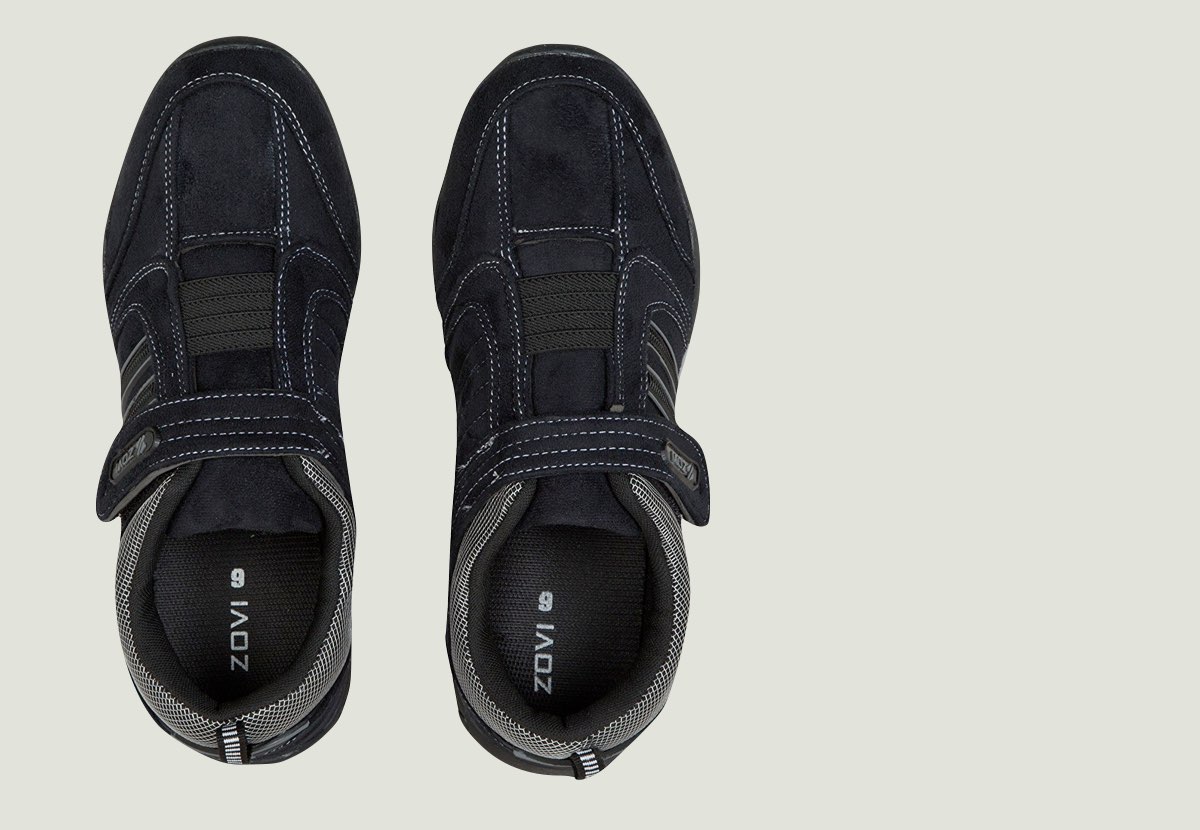


It is really good to be a consumer today in India. Mass smartphone adoption has enabled businesses to reach consumers, and lots of them, for the first time. For consumers this means access to what was before limited to local distribution. Barriers have been lowered and new brands are emerging.
It is really good to be a consumer today in India. The past decade has seen many improvements in technology and the universal adoption of the smartphone has enabled both large and also small businesses to reach consumers, and lots of them, for the first time. For consumers this means access to what before was limited to local distribution. Before the massification of the Internet only big players with nation-wide distribution networks would scale, now reach barriers have been lowered and as a consequence new and emerging brands were born.
Fragmented High Margin Businesses
Sectors such as apparel, eyewear, jewellery, furniture are so heavily brand fragmented that the market share of national brands is in single digits. The margins in these sectors are pretty high as well making them attractive businesses to build brands. In the American and Chinese markets new brands are created in a short span of time, supported by significant VC capital:
Category Player with Scale/Funding
U.S.
–Prescription Eyewear: Warby Parker (500,000 pairs of glasses sold online; $115 MM raised)
–Men's Wear: Bonobos (nearing $100 MM in sales; $73 MM raised; talk of 2015 IPO)
–Men's Shaving: Harry's ($123 MM in first funding); Dollar Shave Club ($23MM raised)
–Moms'/Baby Products: The Honest Company (nearing $100 MM in sales; $52 MM raised)
–Nutritional Supplies: Aloha
–Office Supplies: Poppin
–Shoes: Beckett Simonon
–Watches: Xetum
–Accessories: Sword & Plough (army-inspired)
China
–Lingerie: La Miu ($55MM raised. 10,000 orders a day. $200 MM in revenues. Return rate close to 0 percent. Few offline stores)
–Apparel: VANCL (Fast-follower brand. Over $400MM raised)
–Jewellery: Zocai
–Furniture: Meilele
We are seeing traction for the same in India as well:
Category Player with Scale/Funding
–Apparel (Broad): YepMe, Zovi
–Apparel: Women's Fashion DoneByNone
–Furnishing: The Elephant Company, FabFurnish
–Baby Products: FirstCry (Hybrid model; $29 MM in funding)
–Lingerie: PrettySecrets
–Jewellery: Bluestone ($15 MM in funding)
–Furniture: Furlenco
Different Starting Points
Companies have adopted different routes to establish new brands. Myntra, Lenskart and Healthkart started as distribution channels, they quickly launched private label brands, giving them a large chunk of their revenues. On the other hand, some online apparel brands that sell directly to consumers have had difficulty scaling, perhaps as a result of insufficiently differentiated proposition.
Key Challenges for Establishing a New Brand
It's Good to be Different: Today it is almost impossible to convert a customer just by being available. The key is to identify a value proposition that is not found through alternate channels, a new player should differentiate from existing brands. Paperboat has done this successfully with their focus on juices, packaging helped as well. Some companies are leveraging price (Lenskart), design & business model (Furlenco), quality and trust (Bluestone) as differentiation, whether online or offline.
Reaching Out: Companies that have sufficient margin and are adequately differentiated, can expect to break even early. This should attract PE investors to invest in scaling. For brands that depend on volume, it might be better to use a combination of own, third party and offline channels to gain scale. Brands in niche categories with low volumes should try to create communities around them, which are conditions created for an existing customer to act as 'advertising' and help bring new customers through word of mouth.
Acquiring Customers: The online customer acquisition costs have been pretty high due to significant spends made by companies flushed with funds. To grow faster, companies turn to mainline communication as well. Most of the time, the reach footprint of a new brand is significantly lower than advertising footprint resulting in wasteful expense. This in turn results in even higher customer acquisition costs. While ATL has its uses, creating sufficient differentiation in product and communicating it creates customer loyalty. Faasos sees very high repeat purchase rates from existing customers. Loyal customers also act as brand ambassadors, helping to lower customer acquisition costs. Brands that leverage technology to amplify their customers' recommendations can make their marketing spend go a longer way in terms of monetization.
Funding: Brand building usually requires upfront investments before revenues kick in. It can become quite expensive as well - more so if funded competition enters the market and your product has less differentiation. It's a good idea to develop relationships with growth investors that can write big cheques earlier in the game.
The odds are still in favor of larger players as they have scale and deep pockets. But by being nimble and responsive, smaller players can prove to be quite a match. Interesting times ahead. (With inputs from Nitin Sharma, Principal, Lightbox Ventures) and (Credit: Felicia Snyder).